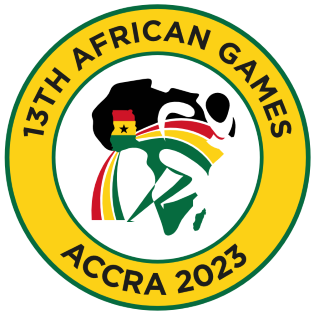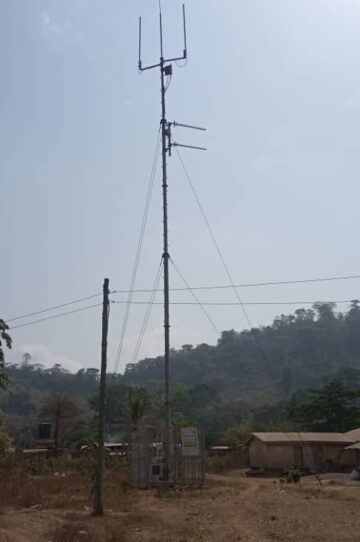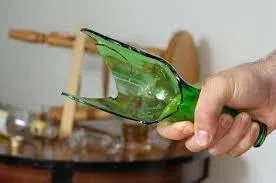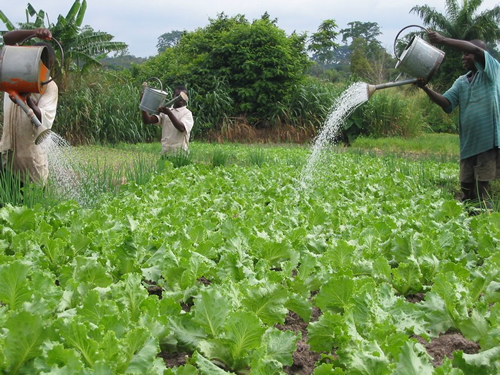
THE Ministry of Food and Agriculture is reported to have begun the process to install irrigation facilities in eight regions as the first phase of the programme dubbed “Irrigation for Wealth Creation”, meant to ensure all-year-round agricultural production.
The regions falling under the first phase are Volta, Oti, Central, North East, Northern, Savannah, Upper West and Upper East.
It is apparent that the Irrigation for Wealth Creation initiative is part of the Mahama administration’s ‘Feed Ghana Initiative’, aimed at boosting agricultural production and cutting costs within the agriculture sector.
The Ghanaian Times wishes to extol the aggressiveness the Minister of Agriculture, Eric Opoku, is showing in the agenda of increasing agricultural production in the country for all its benefits.
Think of producing enough food for the people and animals, as well as raw materials to feed industries; providing jobs; increasing farmers’ incomes; and eliminating or reducing the country’s burden of importing food for the people and also certain raw materials to feed industries.
Much as The Ghanaian Times prays that the new government would succeed in this auspicious endeavour, it has related issues that must not be lost on the government, especially the minister spearheading the initiative.
This is not the first time initiatives for increasing agricultural production in the country are being followed.
The fact that fresh initiatives are being mooted means that the previous ones did not achieve their targets, which are cases to study to guide the current initiative.
For instance, what happened to the recent One Village One Dam initiated by the Akufo-Addo administration to provide small-scale irrigation facilities in villages in the northern regions of the country for all-year-round farming?
This was a project expected to enhance food security and improve livelihoods, yet it could not be delivered satisfactorily.
It is on record that only 375 out the 570 dams promised were completed but many of them were said to be poorly-constructed, yet at huge costs.
An account of Modern Ghana online at the time of writing this editorial piece yesterday stated that the costs of the dams varied, with the smallest costing approximately GH¢2.5 million, but research indicated that the average cost of a dam at the time was about GH¢670,000.
One of the sad aspects of the One Village One Dam initiative was that the Ghana Irrigation Development Authority (GIDA) was not involved in the design, construction and supervision of the dam, leading to poorly-constructed dams.
In fact, the Peasant Farmers Association of Ghana complained that the dams dried up in the dry season, which defeated the purpose of all-year-round farming.
These are matters that need investigations to ascertain their veracity and determine whether some public officials have unduly benefited from the initiative, which is corruption, and have to be prosecuted.
This would guide the implementation of the Irrigation for Wealth Creation, otherwise the public cannot avoid the fear that there is going to be another episode of the construction of irrigation facilities that provide the opportunity to some public officials to defraud the country.
It is public that the Agriculture Minister has, for instance, tasked regional ministers to lead negotiations to secure 10,000 hectares for the new irrigation project.
Is there going to be some collusion to the disadvantage of the State?
The Ghanaian Times prays for the success of the project but demands transparency in all its aspects.
The post Characterise Irrigation for Wealth Creation project with transparency! appeared first on Ghanaian Times.
Read Full Story




















Facebook
Twitter
Pinterest
Instagram
Google+
YouTube
LinkedIn
RSS